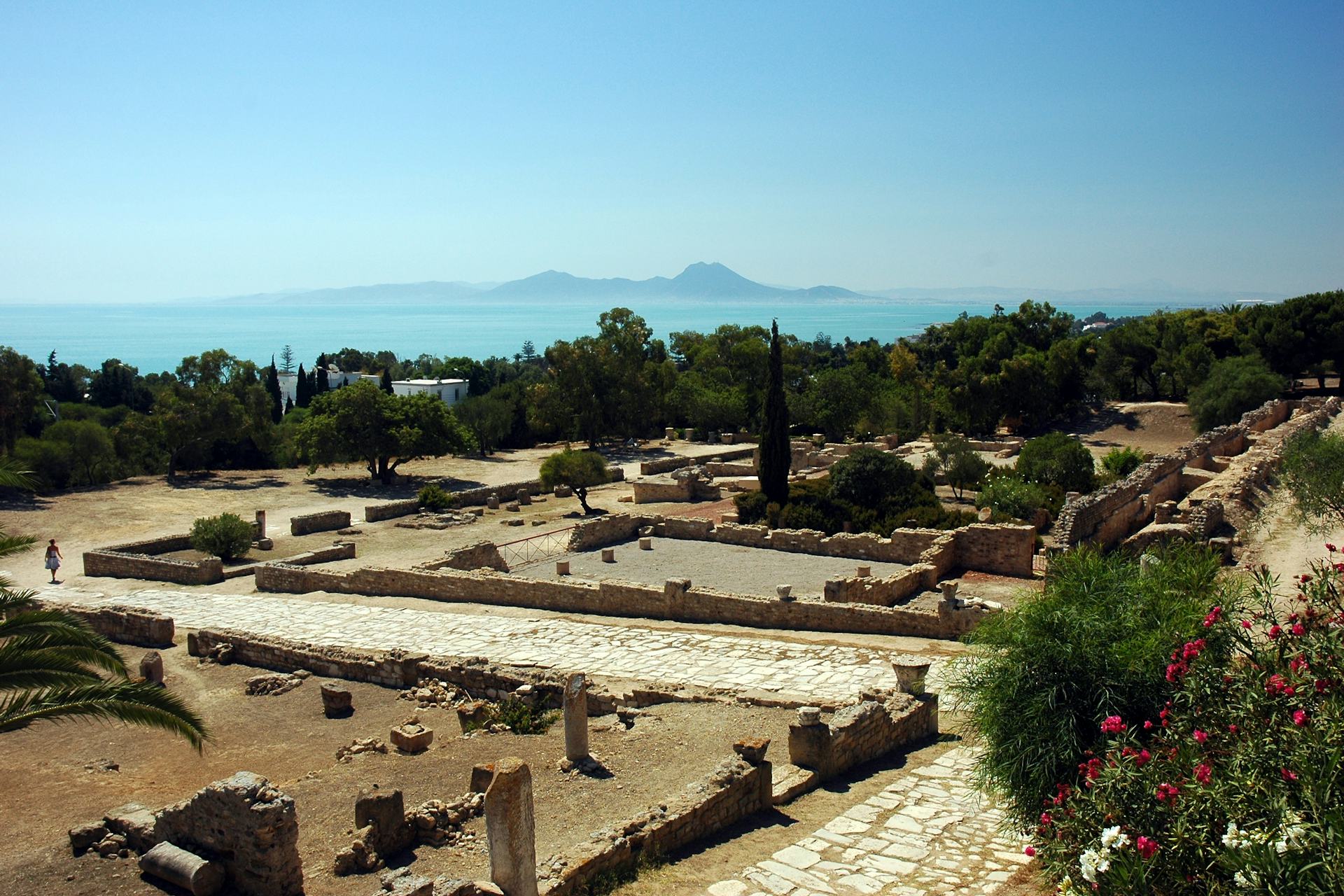Carthage

Photo of the ruins of Carthage in modern Tunisia
Patrick GiraudCC BY-SA 3.0Overview
Carthage (Punic Qrtḥdšt; Greek Karchḗdōn) was a colony built by the Phoenicians on the northeastern coast of Tunisia. It occupied a strategic position in the Mediterranean and was known for its excellent harbor and fertile hinterland. Historians traditionally date the foundation of Carthage to the end of the ninth century BCE.
Carthaginian mythology was limited; it was largely based on Phoenician traditions. Unfortunately, literary and archaeological evidence for ancient Carthage is minimal, and most of what we know about this once-important city comes from the writings of their enemies, especially the Greeks and Romans.
Carthage was particularly important in Roman mythology. Virgil’s Aeneid famously describes how the Tyrian princess Dido founded Carthage after fleeing her homeland. According to Virgil, Dido fell in love with Aeneas after he was shipwrecked on her shore and killed herself when he left her to continue his journey to Italy. It was later said that the Carthaginian general Hannibal Barca, who nearly conquered Rome, was a descendant of Dido.
Carthaginian religion and cult, like their mythology, seems to have been largely based on older Phoenician traditions. The gods Baal and Tanit were especially important in Carthage. Various ancient sources claimed with horror that the Carthaginians placated their gods with child sacrifice, but modern authorities still debate whether these claims are historically accurate.[1]